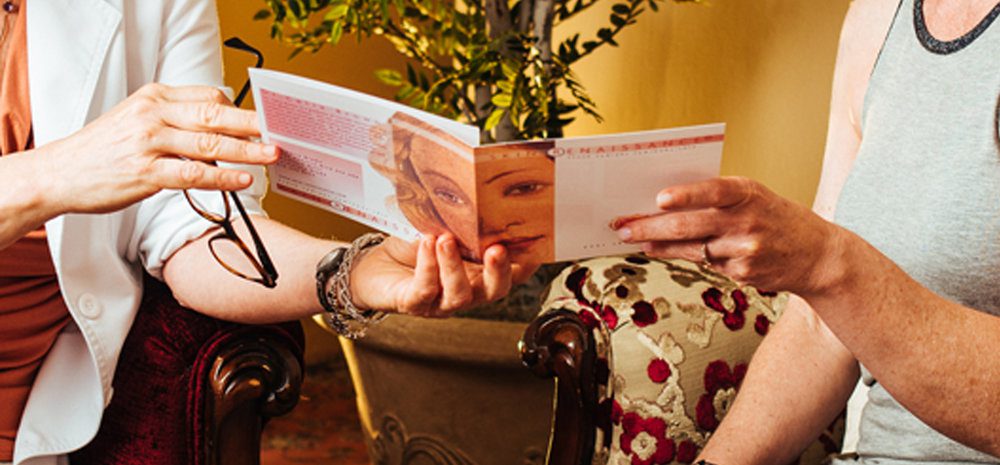Hope for Hair Loss


Losing your hair is distressing and can profoundly affect the quality of your life.
Hair loss has lots of different causes, including immunologic diseases and chemotherapy, but the most common is something called androgenetic alopecia.
Androgenic alopecia, which runs in families, is a condition that affects both men and women. Men with this condition, commonly called male pattern baldness, start suffering hair loss as early as their 20s. You usually see a receding hairline and gradual disappearance of hair from the top and front areas. Women don’t usually get noticeable thinning until their late 40s, 50’s or even later. Women experience a general thinning over the entire scalp, with the most extensive hair loss at the crown. If this is happening to you, it can be disconcerting.
So what can we do to fix this problem? There have been hair thickening tonics for many years, and generally, these have been useless as they were not based on any science. Now we finally have some science to tell us what works and what doesn’t.
WHAT ACTUALLY WORKS?
Rogain, also called Minoxidil, is effective. You can get it at CVS, it has FDA approval, and although the mechanism is unknown, it does seem to work. You should put it on twice a day, it can be messy and ruin your hairstyle, so it’s not the most popular treatment.
Specific supplements also work, and we prefer one called Nutrafol. This has multiple ingredients targeting the androgenic, inflammatory, nutritional, and immune-related components of hair loss. Good data is supporting the use of this nutraceutical supplement, and we have seen excellent results with its use.
Low-Level Laser Therapy (LLLT) also works. This has been studied since the 1960’s, and in 2007, the first device was cleared by the FDA for use in humans with androgenetic alopecia. It works by a complex biochemical process—which simplified, is like putting a grow lamp on your hair follicles. The laser energy seems to heal and restart the growth process that has been stopped or altered by stress, disease, injury or even genetics. There have been many studies on this and photos showing good results, but I was not convinced until recently. An excellent new study in the Journal of Dermatologic Surgery looked at a laser cap with 272 diodes (tiny laser lights), at 650 nm, which was worn every other night for 30 minutes, over four months. They found a 51% increase in hair counts at the end of the four-month period. This finally convinced me that it does work. You need enough diodes and the right wavelength however-not just any cap will work.
PRP, (Platelet Rich Plasma), also seems to work and it has been used for many years to stimulate hair growth. Blood is drawn from your arm and spun down to get the platelets which contain growth factors. These platelets are then re-injected into the scalp where they stimulate previously dormant hair follicles. However, all PRP is not created equal. You must draw enough blood, and spin it enough times in the proper type of tube to get a sufficient amount of platelets to make a difference. So beware of bargain PRP, as it’s likely to be just plasma and not concentrated platelets with growth factors.
WHAT WORKS BEST?
Is a combination of all these treatments the best? Probably. In our office, we like to start people on Nutrafol and the laser cap. Then one month later we do one PURE PRP treatment, which seems to jump-start the follicle growth.
If your hair is thinning, if you want to keep the hair you have or even get some back, give us a call for an appointment and evaluation.
